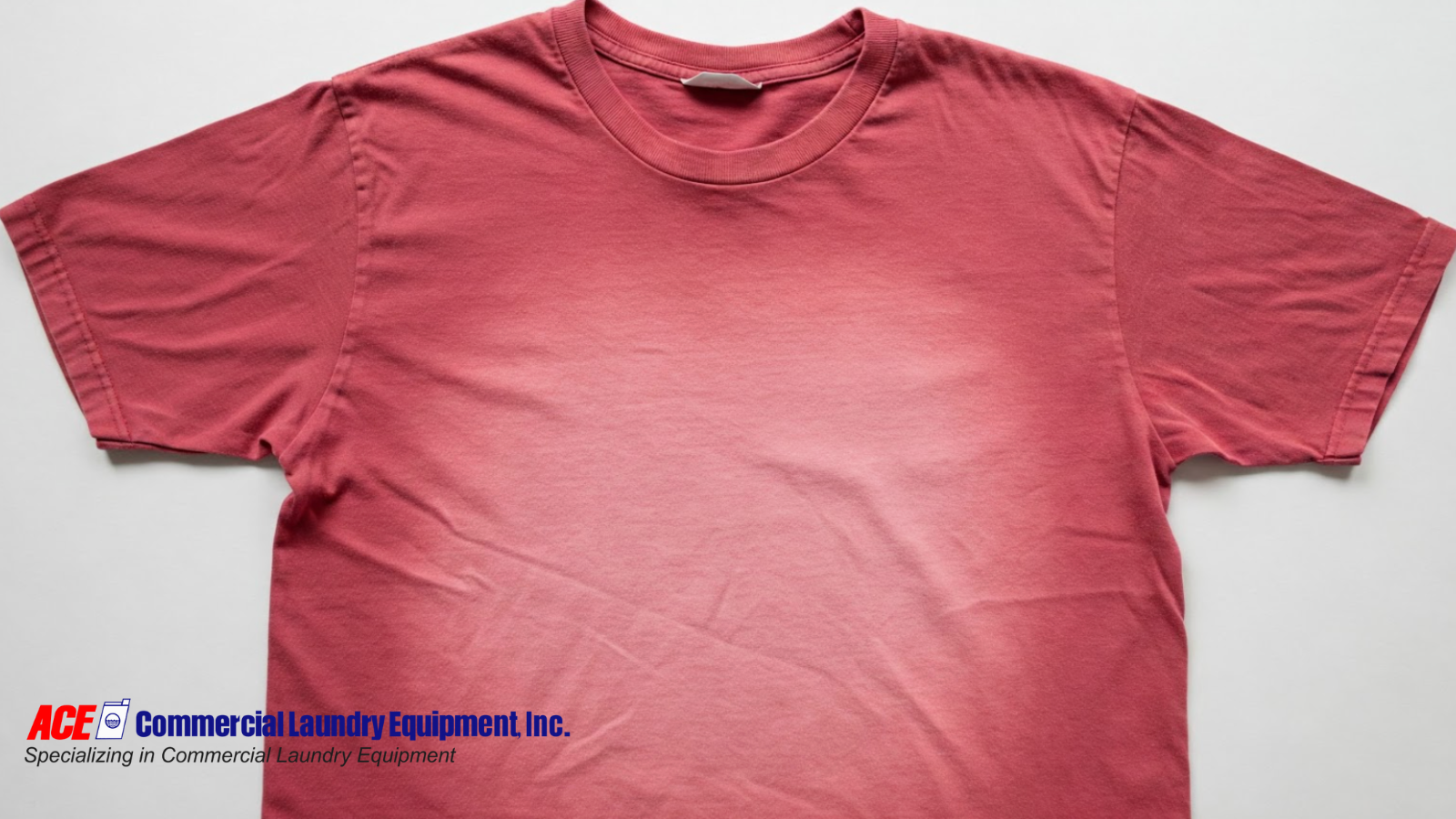Ever noticed how your favorite black shirt looks more like a tired shade of grey these days? Or how that bright, beautiful cushion cover now feels a bit…meh? Fading happens slowly. One day, everything looks fine, and the next, your colors have lost their spark.
It’s frustrating, especially when it’s something you love or use often.
But here’s the good news: while fading is common, it’s not entirely out of your control.
With a few simple habits and wise choices, you can keep colors looking fresh for much longer.
Why Colors Fade (and How It Affects Everyday Items)
Fading is what happens when colors lose their punch. Sometimes it happens all over; other times, just one side gets hit worse than the rest.
So what causes all this color fade? The main culprits are pretty simple:
- Sunlight: Natural light is one of the biggest reasons colors fade. When something sits in direct sunlight, day after day, the brightness slowly breaks down the pigments that give it color. Even indoor lighting can cause fading over time, though it’s usually slower.
- Frequent washing: Every time you wash clothes, especially with hot water or strong detergent, a bit of the dye is stripped away. This is even more noticeable with vibrant colors or delicate fabrics. The more often you wash something, the faster it fades.
- Heat: Heat speeds up wear and tear on most fabrics. That includes the heat from dryers, irons, or even hot rooms. It opens up the fibers in cloth, making it easier for color to escape during washing or just through regular use.
- Air exposure: Believe it or not, just being out in the open air can cause fading, especially with materials that naturally break down over time. Oxygen in the air slowly reacts with fabric or dye, causing subtle changes in color.
- Age: Over time, even well-cared-for items will start to fade simply from years of use. It’s a natural part of aging for clothes, prints, and just about anything else with color.
You can slow down fading with the proper care, and in the following sections, we’ll show you exactly how to do that.
Practical Habits That Help Preserve Color
You don’t need fancy products or a complete wardrobe overhaul to keep your items looking vibrant. Just a few minor changes in your everyday routine can make a big difference. These simple habits help slow down fading and extend the life of the things you already love and use.
- Using cold water, a gentle cycle, and color-safe detergents: Hot water and harsh wash settings are tough on color. Washing with cold water and a gentle cycle helps protect the dyes in your clothes, keeping colors brighter for longer. Color-safe detergents are specially formulated to clean without stripping away vibrant colors.
- Turning clothes inside out before washing: This simple step reduces direct friction on the outer fabric, especially during agitation and spinning. It helps prevent wear on the surface that people actually see, where fading is most noticeable. It’s particularly helpful for dark jeans, graphic tees, and other printed items.
- Avoiding over-washing your clothes: not everything needs to be washed after just one wear. The more often you wash an item, the quicker it fades. If it’s not stained or sweaty, hanging it up to air out might be all it needs.
- Drying clothes in the shade, not under direct sunlight. The sun may dry things faster, but it’s also a color’s worst enemy. Letting items dry in the shade or indoors near airflow still gets the job done without sacrificing vibrancy.
- Skipping the high heat setting on your dryer. High heat weakens fabric fibers and makes dyes break down faster. That’s why at ACE, we’re cautious about recommending equipment that offers gentle yet effective drying options, helping protect your laundry investment, load after load. Whenever possible, opt for a lower heat setting or go for air-drying; it’s easier on your clothes and your energy bill.
- Keeping items in cool, dry, and dark places: Heat and humidity speed up fading, even in storage. A drawer or closet that stays dry and shaded is ideal for keeping fabrics and décor in good shape.
- Avoiding the use of plastic bags or bins for storing fabric in the long term. Plastic traps moisture and can cause fabrics to yellow or degrade over time. Choose breathable cotton bags or fabric boxes that allow air to circulate while keeping dust out.
By building these habits into your routine, you can keep colors looking fresher for longer, without spending extra or doing anything complicated.
What to Do If the Colors Have Already Faded
So, the damage is done, your once-bold shirt looks tired, or that print on the wall has lost its charm. Don’t worry, you’ve still got options.
Here’s how to figure out your next move.
Assess Whether It’s Fixable
Before jumping into restoration, take a moment to size up the situation. Not all fading is the same, and some items are easier and more worthwhile to fix than others.
- Start by figuring out how badly the item has faded. If the color loss is minor, just slightly dull or patchy, there’s a good chance it can be improved with a little effort. Significant fading, such as uneven tones or near-total washout, may be harder to correct. Take a close look under good lighting to see how much color is left to work with.
- Ask yourself if the item is worth the effort. Think about the item’s value to you. Is it sentimental, high-quality, or still perfectly usable aside from the fading? If so, it might be worth trying a DIY fix or even a professional service.
- Professional restoration might be worth it for special pieces. Items like heirlooms, artwork, or expensive articles deserve expert care. Restoration services have the tools and knowledge to safely revive color without risking further damage. If something holds real value, it’s better to let the pros handle it than risk making it worse with DIY fixes.
Try Basic Restoration Methods
If you’ve decided it’s worth salvaging, there are a few easy ways to breathe life back into faded items, using products that are simple to find and safe to use at home.
- Use color-reviving laundry products on lightly faded clothes. These products are specially designed to bring life back to dull fabrics by gently brightening existing dye. They’re easy to use and work best on mild fading, especially for cottons and blends. You can find them in most laundry aisles, labeled as “brighteners” or “color boosters.”
- Redye fabrics with safe, at-home dye kits. Fabric dyeing can restore or even change the color of an item altogether. Kits usually include everything you need and work well on natural fibers, such as cotton, rayon, or linen. Be sure to follow the instructions carefully and test on a small area first if you’re unsure.
Let ACE Help You Keep Colors Bright and Laundry Running Smoothly
Color fading is a part of life, but it doesn’t mean the story ends there. Whether you’re learning how to prevent it, planning with smarter purchases, or reviving old favorites, every effort adds up to a longer-lasting, more vibrant space.
At ACE Commercial Laundry Equipment Inc., we help businesses and institutions get the most out of their laundry setups with high-efficiency machines, intelligent systems, and expert support that keep things running smoothly and colors looking their best.
Need help choosing laundry parts or upgrading your laundry operation? Reach out to ACE today and discover how we can help you protect the things that matter most, one load at a time.





